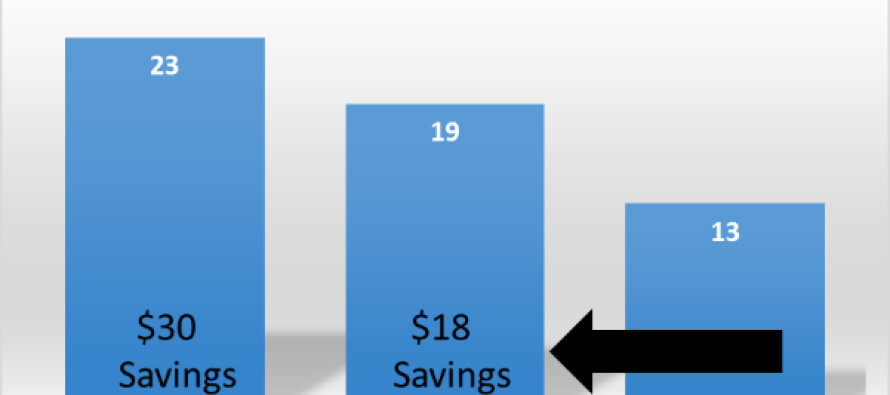2014 Preliminary Side Inlet/Intermittent Irrigation Results

This week I thought I would share with you the progress of our rice irrigation studies. This summer we have three producer “on farm” irrigation trials. Each producer agreed to irrigate his field conventionally through levee gates, via side inlet, and an additional side inlet utilizing intermittent flood. The producer originated irrigation on the conventional and side inlet fields, while the MSU researcher scheduled irrigation on the side inlet intermittent field. The preliminary results are:
Figure 1 and Figure 2 graph the alternating wetting and drying cycles of one of the locations. The side inlet field reveals that the producer regularly “filled” the pads to capacity resulting in over 20 wetting and drying cycles. The MSU researcher allowed the field to drain to a muddy state while analyzing the rainfall potential before making the decision to irrigate resulting in only 9 wetting and drying periods. This allowed the intermittent field to capture each rainfall event. The side inlet field held “at capacity” permitted the rainfall to become runoff.


Figure 1. Figure 2.
Figure 3 and Figure 4 graph the water use of each location and a summary of average water use to date. Grower 1 and 2 will continue to flood the fields for approximately two more weeks while Grower 3 needs approximately 4 more weeks to complete his crop. Grower 1 is very familiar with side inlet and intermittent flooding and presently manages his water aggressively resulting in very little to no difference in the side inlet and the intermittent treatments. Grower 2 is new to side inlet and presently manages the side inlet field much like the conventional field. Even though Grower 2 is new to the side inlet system, the side inlet system’s even distribution of water allowed the grower to reduce his water consumption by 2 acre inches translating into $6.00 per acre savings. Grower 3 utilizes each well to irrigate multiple fields and maintains his rice fields “at capacity” much of the time. Grower 3 has been utilizing side inlet for many years and is very familiar with the system. Because Grower 3 tends to keep his field at capacity, only limited amounts of rainfall can be captured. In this case the MCES initiated side inlet intermittent field utilized only nine acre inches water while capturing much of this year’s numerous rainfall.
Figure 4 reveals the average water use of all location for the 2014 year. Average water use utilizing convention levee gates was 23 acre inches while the side inlet system utilized only 19 acre inches. This translates into a five acre inch or a $15 savings verses utilizing conventional levee gates to flood the field. The use of side inlet and managing the water depth through intermittent flooding allowed the researcher to utilize an average of only 13 inches of water while capturing much of the rainfall. This equated to a substantial average savings of ten acre inches or $30 per acre.
Figure 3. Figure 4.






Let me tell You a sad story ! There are no comments yet, but You can be first one to comment this article.
Write a comment